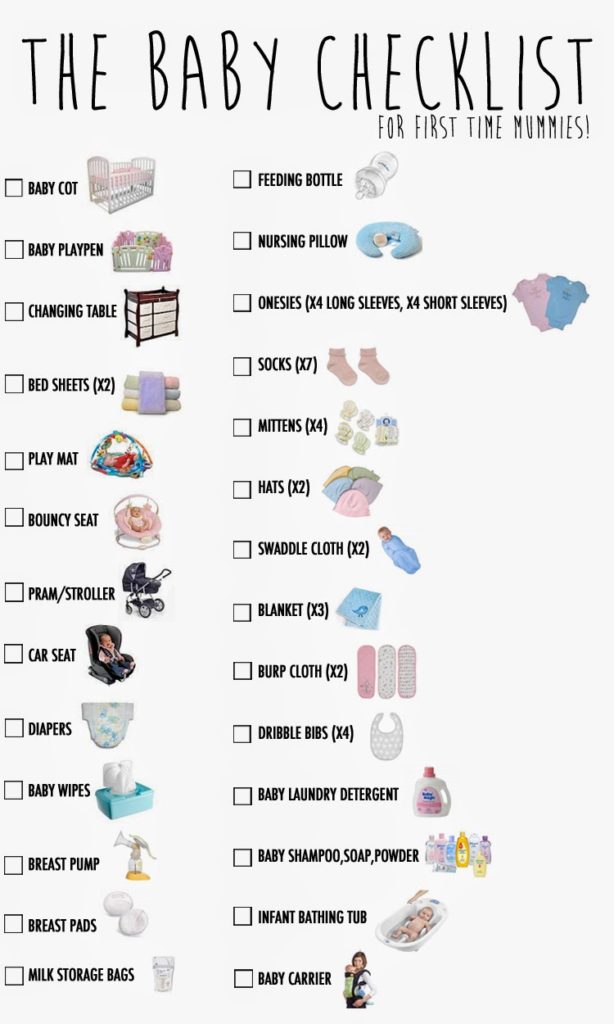- Portrayals of Childbirth in the media: is it causing women to fear?
- part 2
- page 3
- page 5
- All Pages
Reality Programming
The genre of reality TV has produced programs following pregnancy and labour. They seek to demystify childbirth, and many first-time mothers find it helpful to see inside maternity wards so they know what to expect. Because it is supposed to be reality, a veil of authenticity is drawn over the content. Viewers are less critical, making them more vulnerable to myths and misrepresentations. Women also watch these shows to add to their knowledge base surrounding birth because of the aforementioned cultural void. These are all major differences between reality TV and dramatic television. Women watching their favourite drama do not tune-in to see or learn about birth. Viewers are often more connected to characters in dramas and births are a subplot. There is also a guard put up when watching most television programs—most women are media literate enough to know that what happens on TV is not real. Reality shows may penetrate this guard, making it important to consider what is getting through. VandeVusse (2008) has studied quantitative and qualitative messages of these shows to determine if they are truly ‘reality’ on television. A Baby Story, a popular reality birth show, depicts many scenarios such as homebirth, hospital birth, and planned caesareans. Midwifery births are overrepresented whereas caesareans are underrepresented:
Approximately 8-10% of births in the United States are attended by midwives, yet 21% of the episodes in my sample were births attended by midwives. Furthermore, almost a third of babies born in the United States are delivered by cesarean section, yet only 13% of the shows depicted cesarean sections. (VandeVusse, 2008)
No reason was provided for this difference between reality TV and the real world. In episodes where women give birth in hospital under physician care (58%), medical interventions were very common (VandeVusse, 2008). An air of normalcy surrounded casual use of interventions and women were often shown connected to various machines without explanation. This implies that receiving an epidural is a normal part of the progression of labour. This is further implied by lack of discussion of the woman’s preferences. In 81% of labours, women had continuous foetal heart rate monitoring. Two-thirds had blood pressure cuffs around their arm, and 88% had an IV. An epidural was administered to 73%, and 27% had their labour induced with Pitocin (VandeVusse, 2008). These numbers are likely higher as many interventions could have appeared off camera. Non-medical pain-relief and interventions were rarely shown amongst physician cohorts. Women cared-for by midwives had much lower rates of intervention, receiving neither epidural nor induction. Intermittent foetal monitoring was used instead of continuous monitoring to allow freedom of movement. IVs were used for 14%. Non-medical pain relief was widely used including: 43%, bathing; and 57%, standing and walking (VandeVusse, 2008). Depictions of physician-led and midwifery-led care demonstrate two very different philosophies of childbirth. Women frequently discussed fear of the pain of labour, and physicians were equally concerned (VandeVusse, 2008). Women who had previously given birth stated they were “nervous about feeling that pain again” (episode 63). Similarly, women who had been induced were recorded as stating: “the pain actually just went from just absolutely bearable to pain that I never experienced in my whole entire life” (VandeVusse, 2008). Fears were often emphasized to create drama. The narrator is quoted, “Labor and delivery. Sounds Simple. But when you wanna go drug-free, things can get scary” (VandeVusse, 2008). Whether a woman can endure the pain is a common topic. A husband stated, “I don’t get my teeth drilled without getting some Novocain. Why would anyone give birth without an epidural? I don’t know” (episode 27 in VandeVusse, 2008).
Whether women get an epidural is portrayed as a measure of strength (or stubbornness). No-one helps women through contractions without use of medicine in the physician births. Overemphasis on fear of pain draws into question whether a woman’s body can endure childbirth.
Apart from exposing fear mongering, VandeVusse’s major criticism of A Baby Story is its lack of information about birth options (2008). Information is indirect and there is a limit to what women can pick up. They are also more likely to feel that medical intervention of physician-led birth is normal and safe, because it is not discussed.
“Although there are seemingly innumerable factors driving the medicalization of birth, scholars have recently highlighted the role that women’s lack of information about birth plays in the trend” (VandeVusse, 2008).
Two thirds watch shows on TV while only half attend a prenatal class (VandeVusse, 2008). Furthermore, “Almost half of the new mothers cited impersonal sources, such as books and Internet, as their most important source of information about birth” (VandeVusse, 2008). The content of her information sources provides the backdrop of a woman’s knowledge about birth, and the specifics of this content may play a role in what a woman expects and wants to have happen during her own labor. If the information sources that are readily available to women present information that actively promotes medical intervention, then women may come to see medical intervention as standard and even desirable (VandeVuse, 2008).
Women are turning to various easily accessible media. VandeVusse concludes that the portrayal of childbirth on reality television shows contributes to medicalization of childbirth in America by overemphasizing fear of pain and supposed normalcy of interventions in physician-attended births (2008). She states, “the medicalized version of birth is enshrined as the normal course of events” (VandeVusse, 2008).
Media Effects
Tokophobia, a pathological fear of childbirth, is characterized by avoiding pregnancy, termination, depression, increased morbidity, and elective caesareans (Hofberg & Brockingston, 2000; Hofberg & Ward, 2003). Although it is reasonable to have some fears and anxieties time during pregnancy, tokophobia can be debilitating (Hofberg & Brockingston, 2000). This little understood phobia affects many women young and old: Over 20% of pregnant women report fear and 6% describe a fear that is disabling. Altogether, 13% of non-gravid women report fear of childbirth sufficient to postpone or avoid pregnancy (Hofberg & Ward, 2003).
With so many women affected by fear and tokophobia, it is not surprising that suicide is the leading cause of maternal death (Hogberg &Ward, 2003). The origin of this fear is in part due to second-hand “knowledge”. Many women report fear originating from alarming publications, graphic sex-education videos, or ‘horror stories’ (Melender, 2002). Some women even state that they must leave the room if there is a childbirth scene on television (Sadie, 2007). With a potential link between media and tokophobia, it is imperative to better understand the media’s portrayal of birth and its impact on women.
Media studies show television can alter viewer perceptions and behaviour (Clement, 1997). Audiences have changed their behaviour’s after watching certain programs. There is also evidence that “people alter their estimates of real-world phenomenon in line with television statistics” (Clement, 1997). This would mean women perceive themselves to be at great risk during pregnancy and delivery, and possibly explains the link between tokophobia and the media. Unfortunately, few studies on childbirth in the media exist, so the true impact of watching clamorous labours is undetermined. In working with pregnant women, it is imperative that caregivers, including doulas, educate clients about the differences between the popular media and reality.









